Module 3—Effects of Force on Velocity
 Big Picture
Big Picture
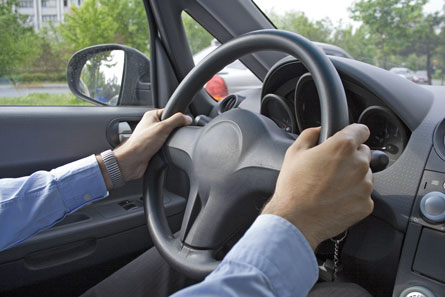
© Tamer Yazici/shutterstock
It’s Saturday morning, and you are waiting for a ride to the new park. Last week, you volunteered to help put together playground equipment bought by a local service club. Once you and the rest of the volunteers get there, the park will be a beehive of activity for a few hours.
While you are waiting for your ride, you begin to think about the people you’ll be working with today and all of the stuff that needs to be put together. Just getting everything and everyone in the same place at the right time is a logistical wonder.
How will all the people get to the park? Will they walk, cycle, or take a city bus? What about the sand for the playground and the pieces of playground equipment? How will all of it get to the park at just the right time?

(left to right) © Fernando Jose Vasconcelos Soares/shutterstock; © jared ropelato/shutterstock; © Radu Razvan/shutterstock
You can easily imagine a big dump truck hauling in the sand and a delivery truck or van dropping off the playground pieces, but how did the fasteners stamped “Mexico” or the boxes with “Made in Taiwan” written on them get here?
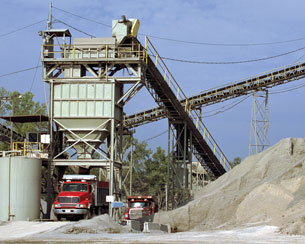
© 2007 Jupiterimages Corporation
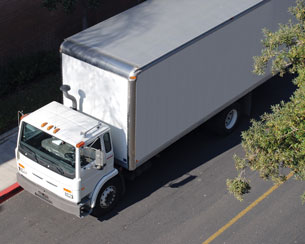
© James Steidl /shutterstock
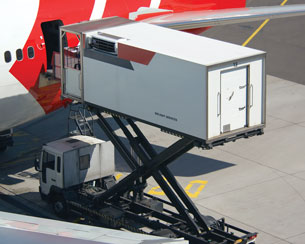
© Eric Gevaert/shutterstock
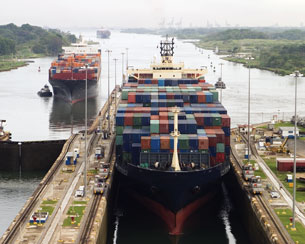
© Matt Ragen/shutterstock
If you thought about it, you could use the language and tools from Unit A to write a description of all the movement involved in getting ready for building the playground. From your studies in Unit A, you would be able to draw a vector to describe the motion of each of the modes of transportation, but that wouldn’t explain why things move or how their motion can be controlled.
You are about to study the causes of motion. You will be looking at what makes things move the way they do. In short, it’s all about forces.
In Unit B you will study dynamics—how forces affect the motion of objects. You’ll be able to explain why the sand slides out of a tilting dump truck instead of just staying put.
In the first module of Unit B, Effects of Force on Velocity, you will use your knowledge about vectors from Unit A to solve problems in dynamics.
This includes
- adding vectors graphically and algebraically
- breaking vectors into x and y components
- finding angles from x and y components
If you need to review vectors, read pages 68 to 89 in your textbook.
As you work through this module, keep the following questions in mind:
- How is the motion of an object affected by forces applied to it?
- How do unbalanced forces affect the motion of an object?
- How do Newton’s laws help explain why motion occurs?
- How do you find a reaction force?
- How does friction affect moving objects?
- How does friction affect making an object move?
- How do free-body diagrams, vector analysis, and Newton’s second law of motion help solve moving-object problems?